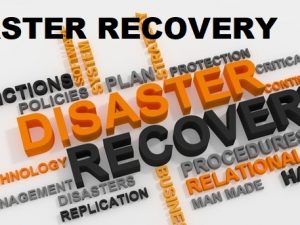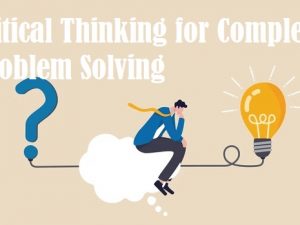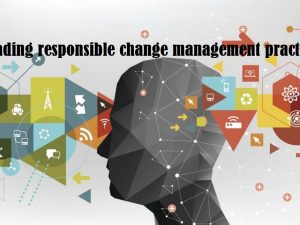| Preview |
1. Complete the table outlining reliable information relevant to workplace processes.
Source – Legislations
Description – Legislations means one of authoritative source of law of country. Many industry related laws are applicable to govern the employee- employer relationship regarding to administrate employment, conflict resolution, employee welfare, prevent discrimination etc.
Examples – The fair work act (2009)
Fair work regulations (2009)
These are the main legislations which govern the employer – employee relationship in Australia. These legislations provide minimum entitlement for employees, create flexible work environment and fairness in work place and prevent discrimination against employees.
Corporation act 2001
This act is the main legislation of Australia regulating companies.
Source – Organization policies and procedures
Description – Policies and procedures provide guidelines for decision making processes and framework to conduct organizational activities. This is also reliable source of information in work place. Policies and procedures reflect the vision, mission and values of the organization.
Examples – Performance management policy and procedure.
Documentation policy and procedure
Recruitment and selection procedure.
Whistle blowing policy and procedure.
Procurement policy and procedure
Revenue recognition policy and procedure
Source – Stakeholders
Description – Stakeholders are the interested and impactful individuals and parties to organizational matters (Diasz, 2017). Key stakeholders of the organization are investors, employees, suppliers, customers, government, community, trade unions, etc. Valuable and reliable information can be gathered from stakeholders via targeted questions.
Examples – Annual general meetings, meetings, video conference, face to face interview can be used to obtain information from stakeholders.
2. Describe how legislation may be applicable to workplace problems (provide an example as part of your answer).
Organizations and businesses in Australia should comply with certain laws. Legislations are enacted to protect employees’ and employers’ rights. Legislation create standards for rights and obligations of employees and employers. As an example, Fair Work Ombudsman is appointed based on Fair Work act (2009) to promote efficient, effective, harmonious, cooperative and compliant workplace relationship in Australia. One of main responsibilities of Fair Work Ombudsman is to inquire and investigate breaches of industrial law enacted by Fair Work Act (2009). Further, appropriate enforcement actions are taken based on this act. Legislation leads to solve industrial related conflicts.
|





